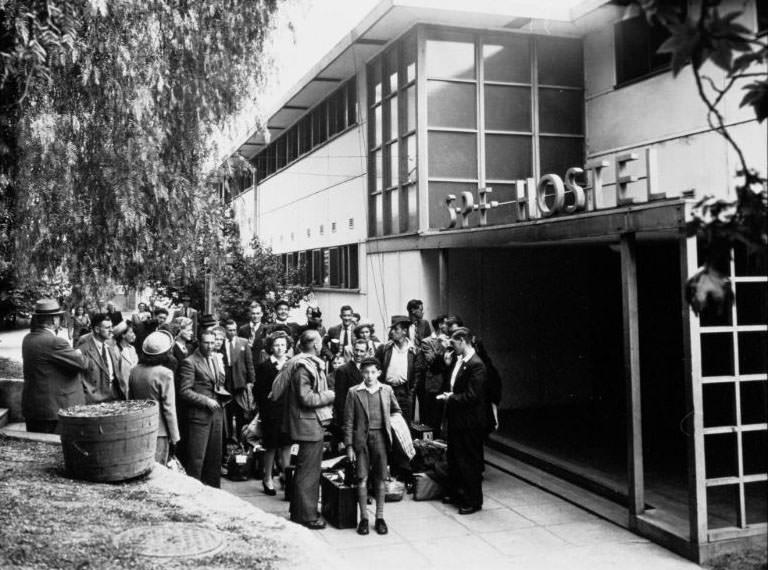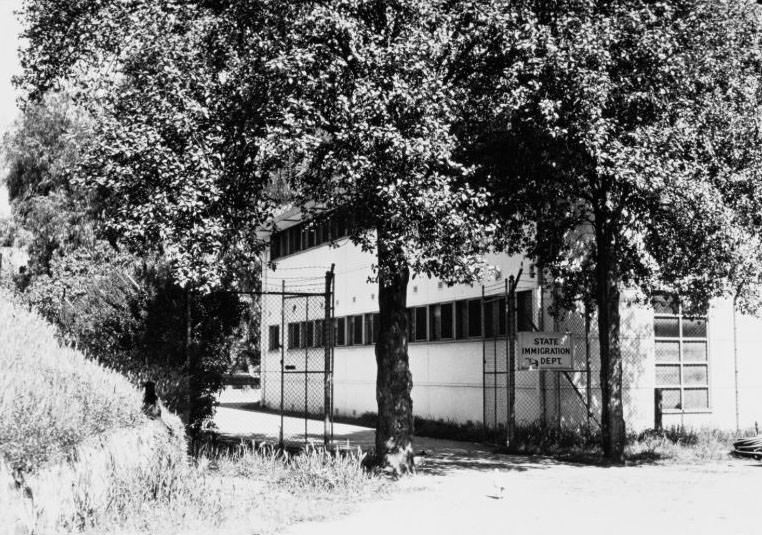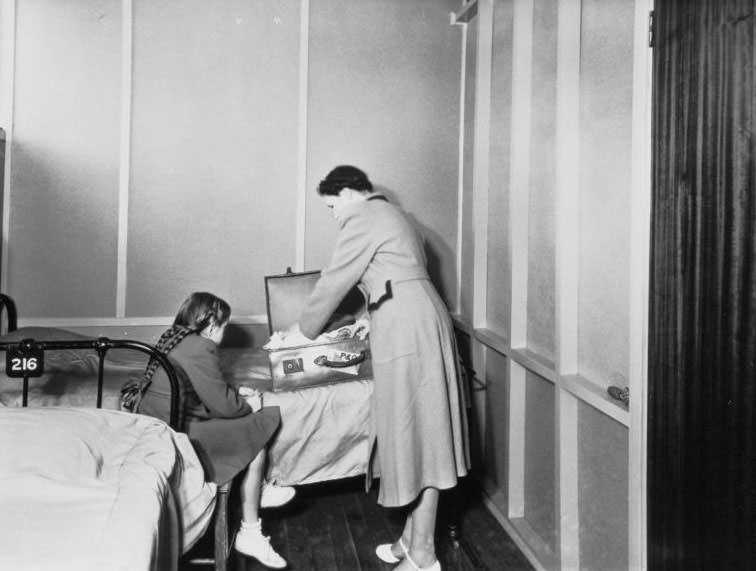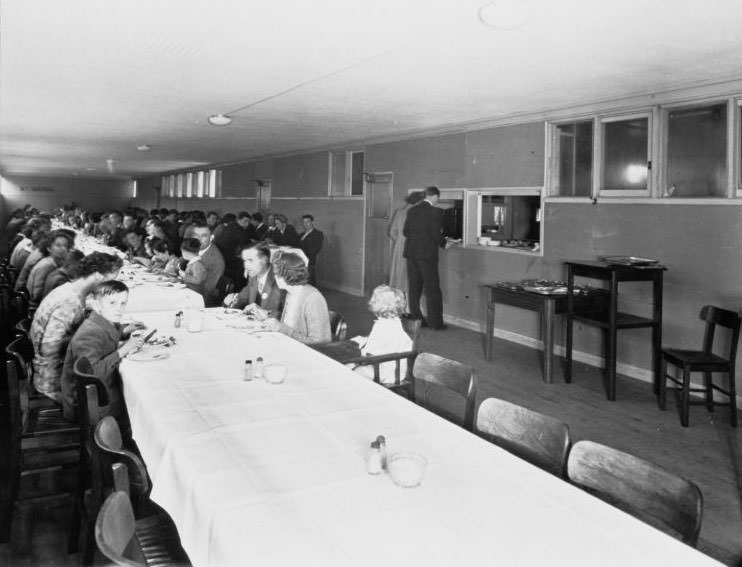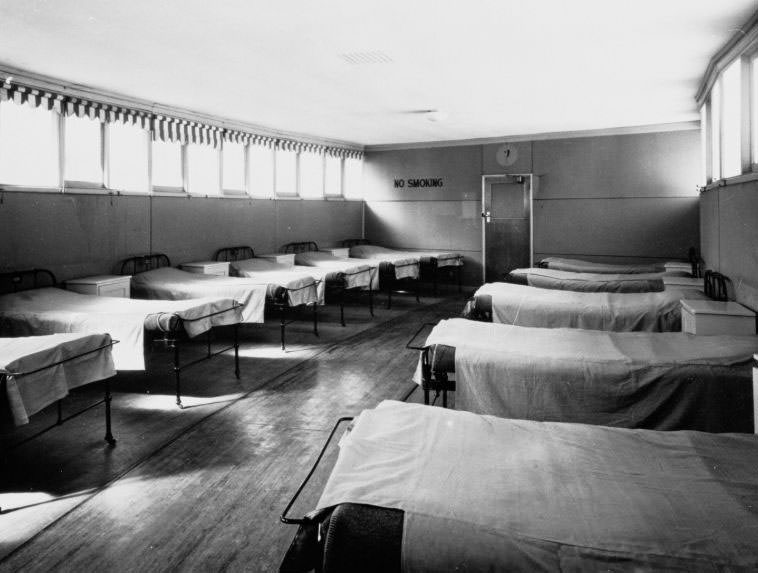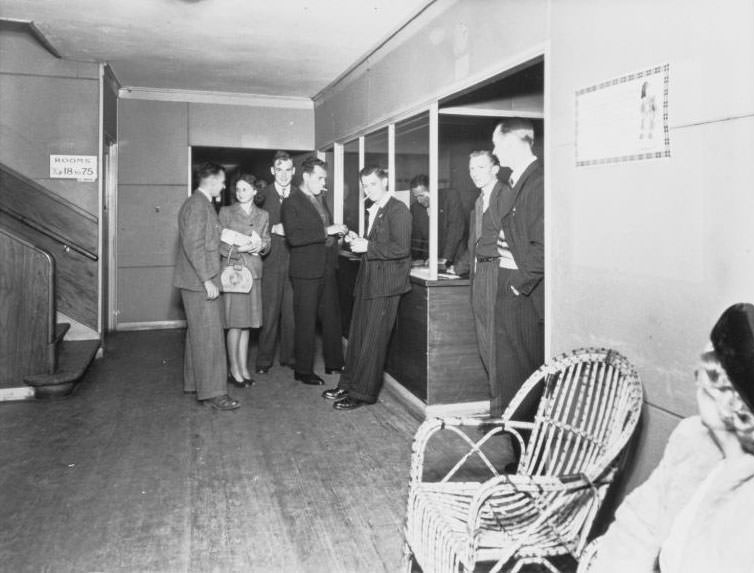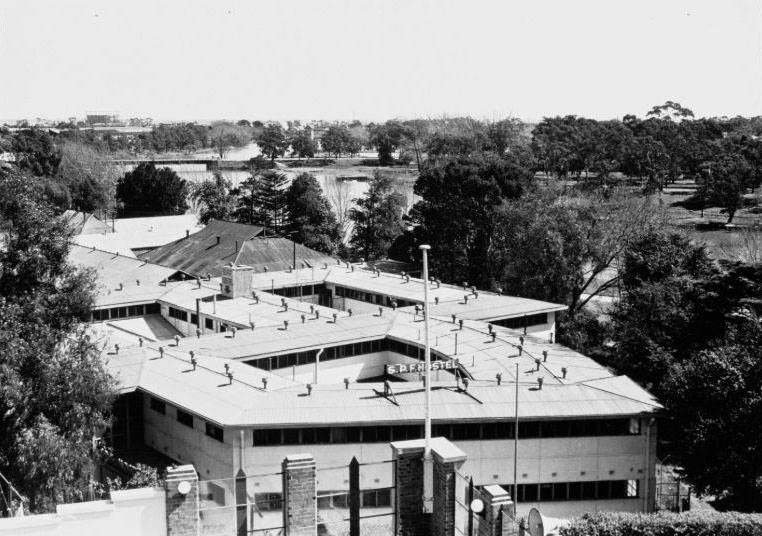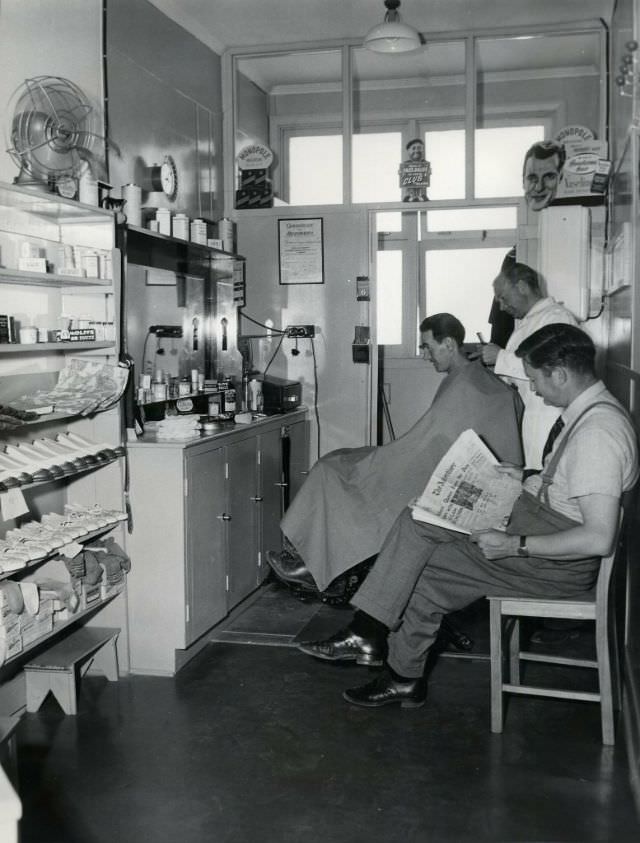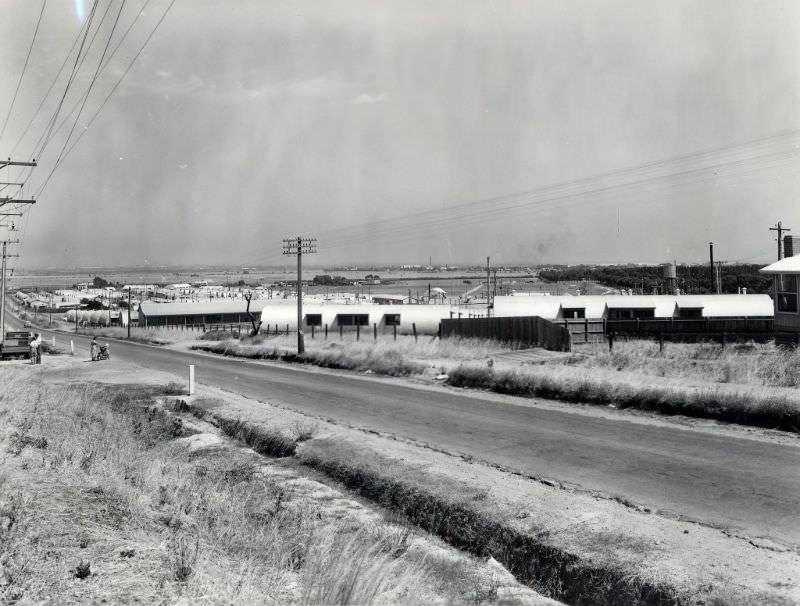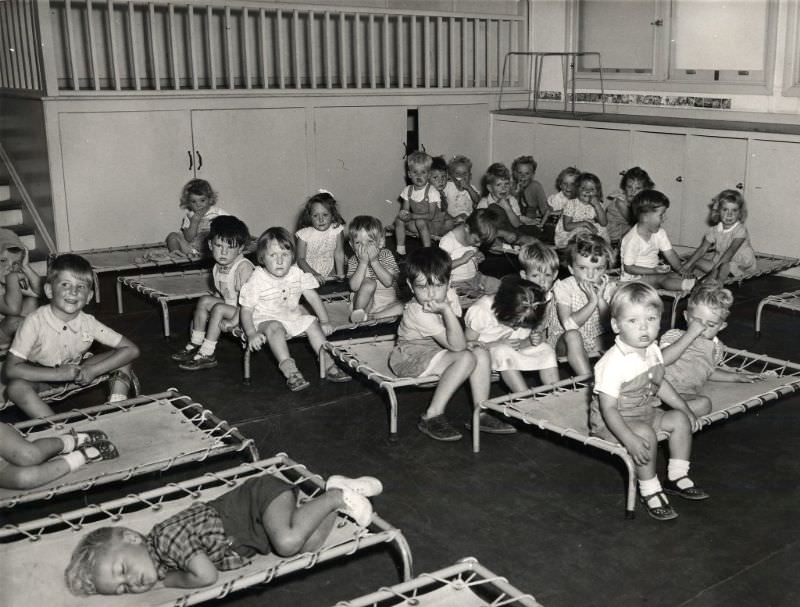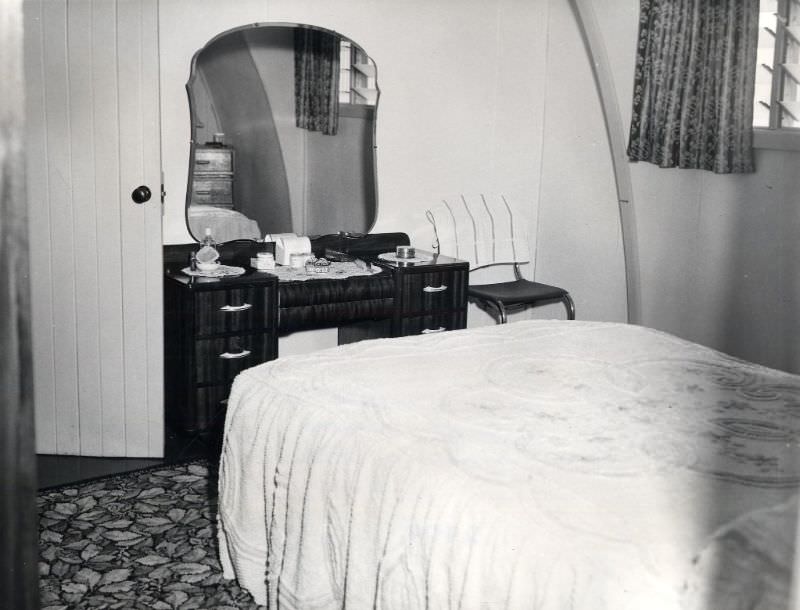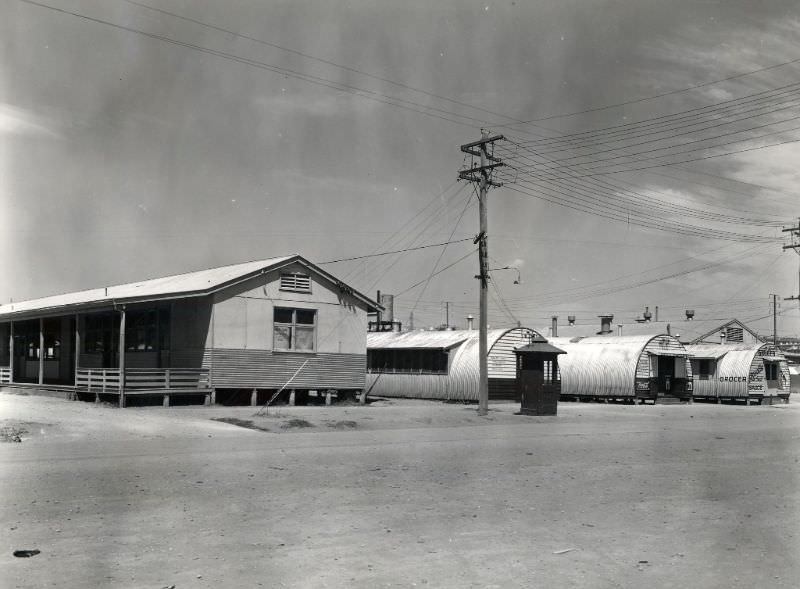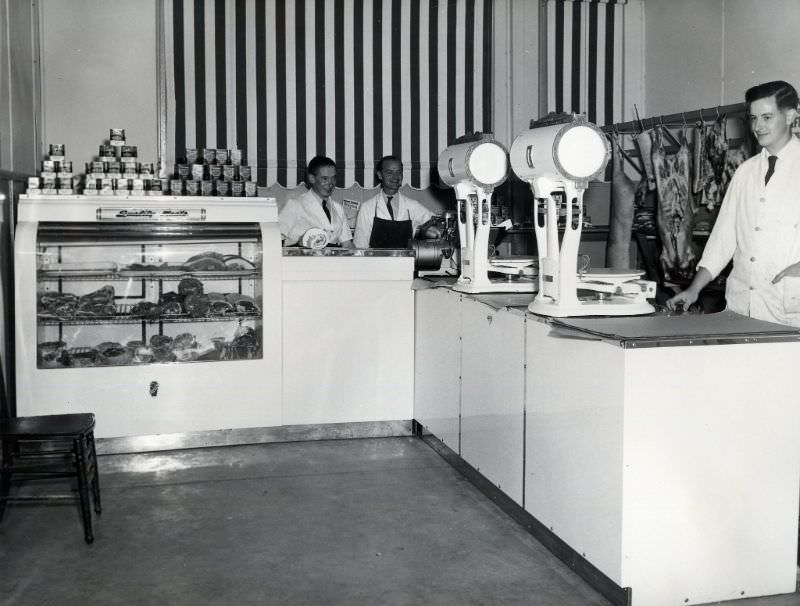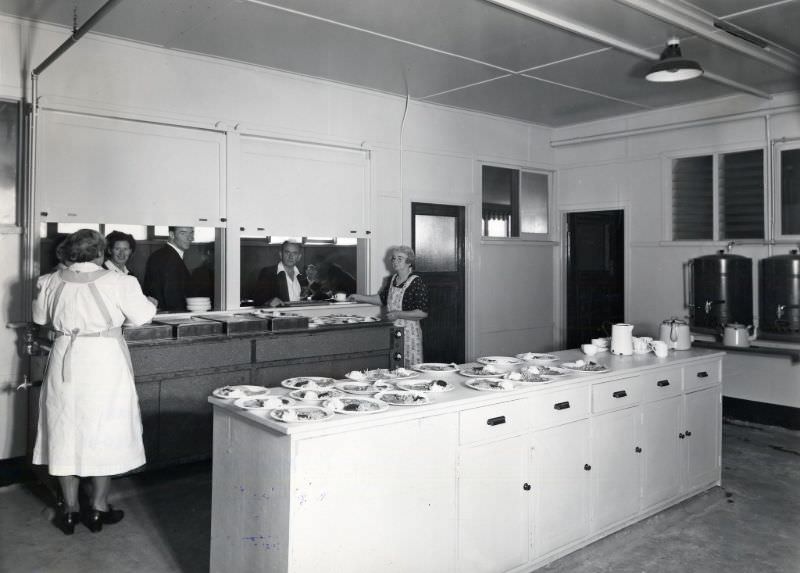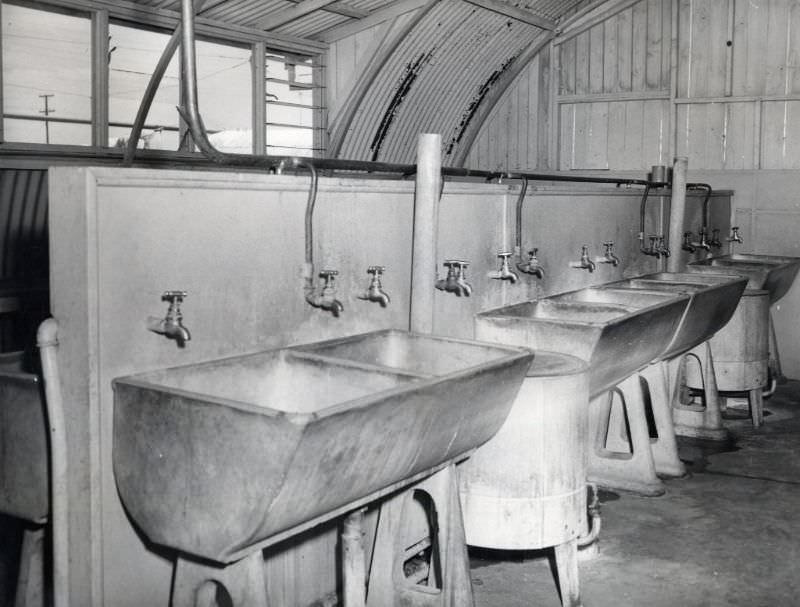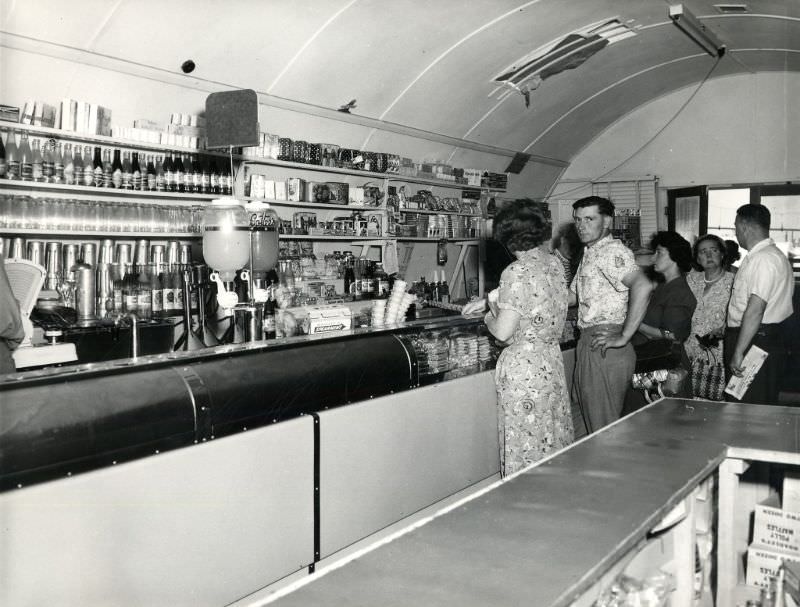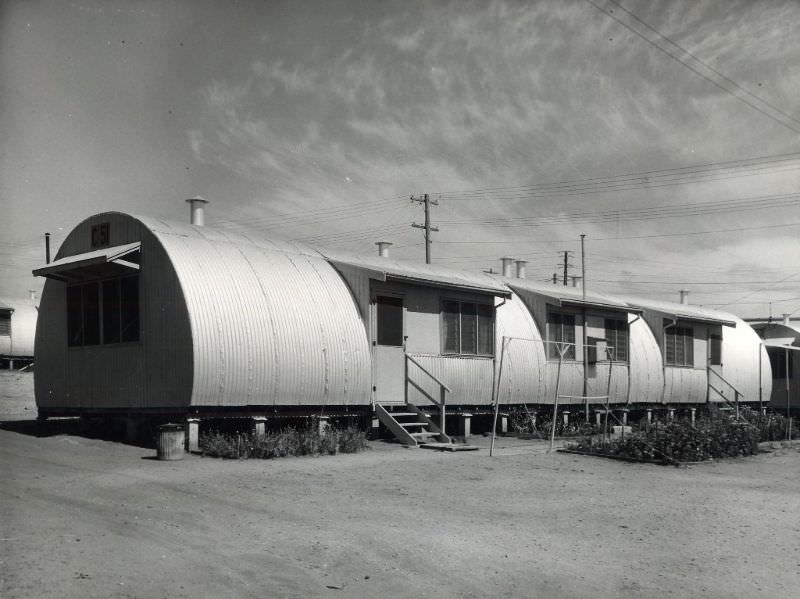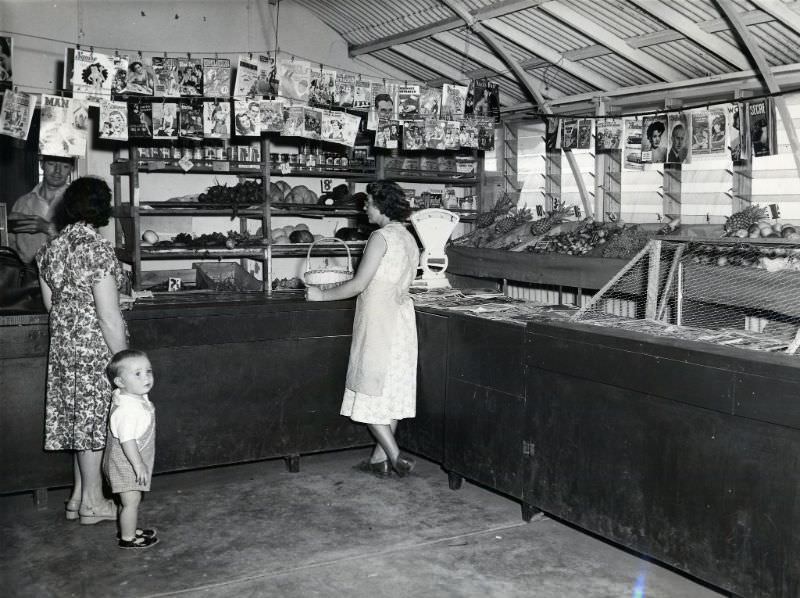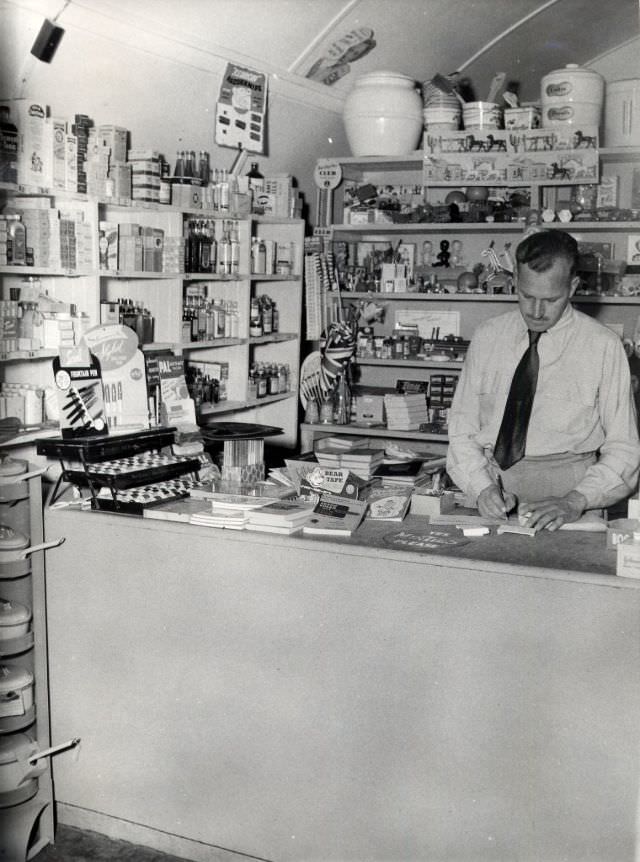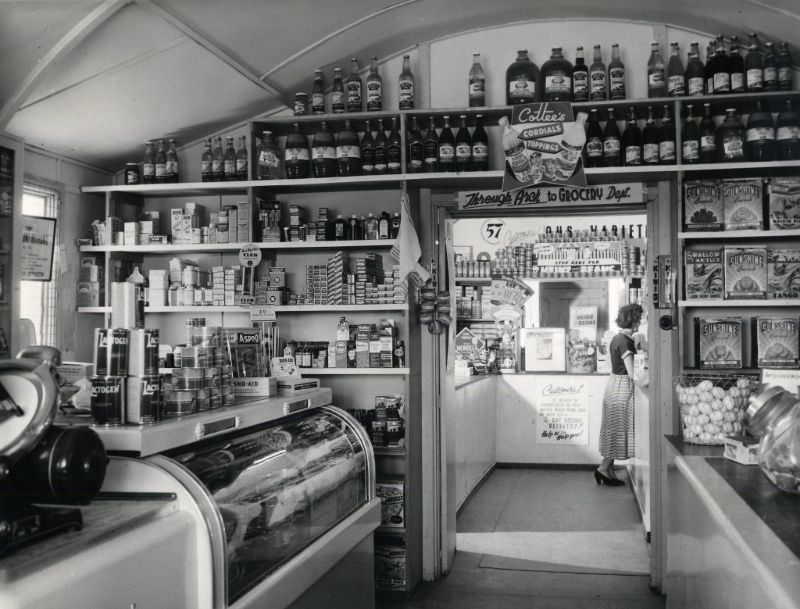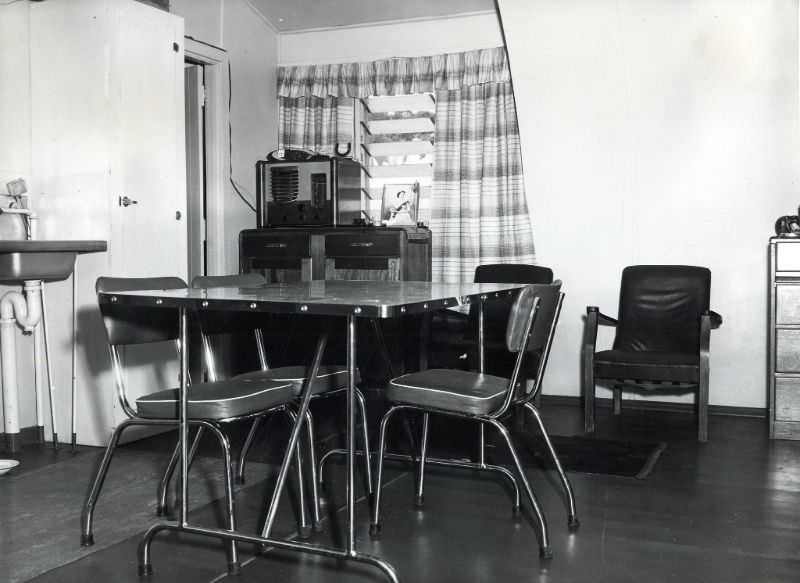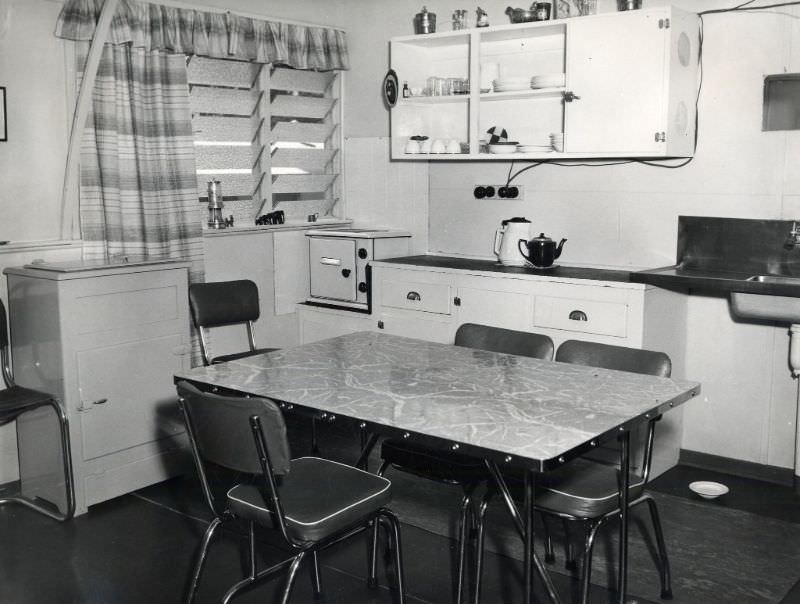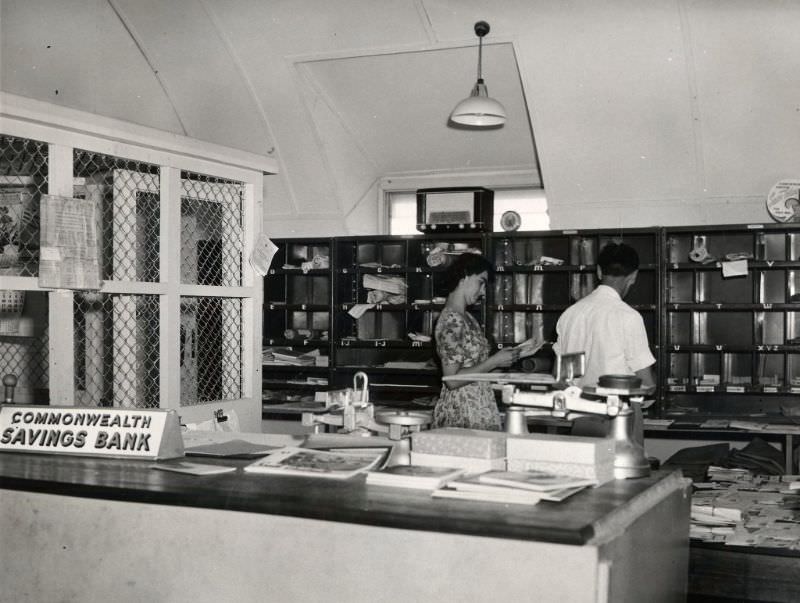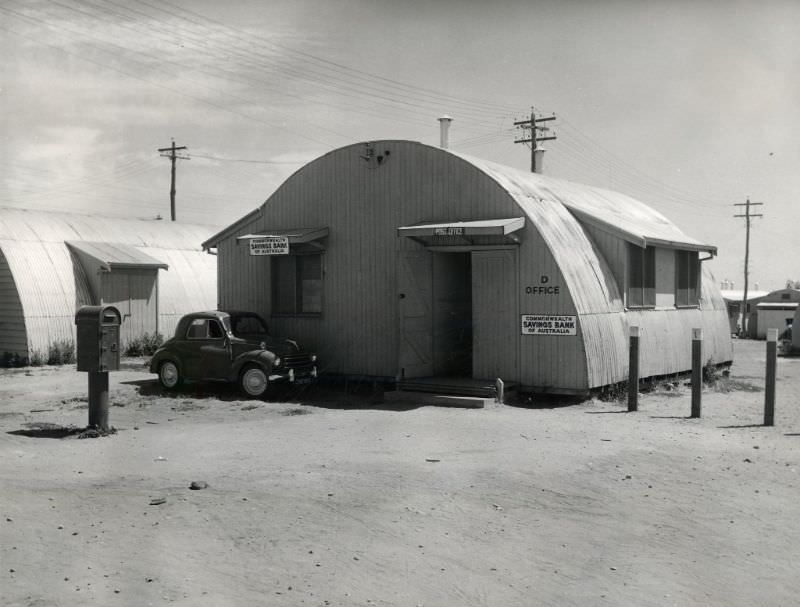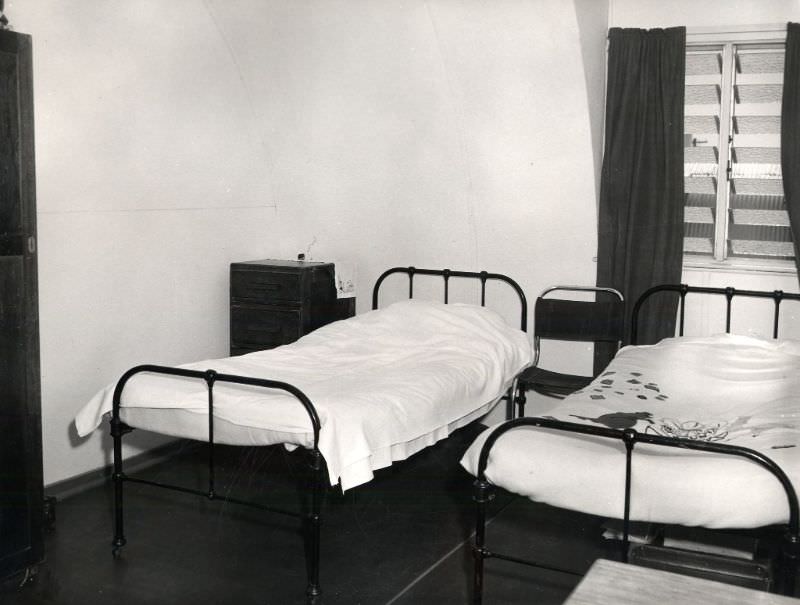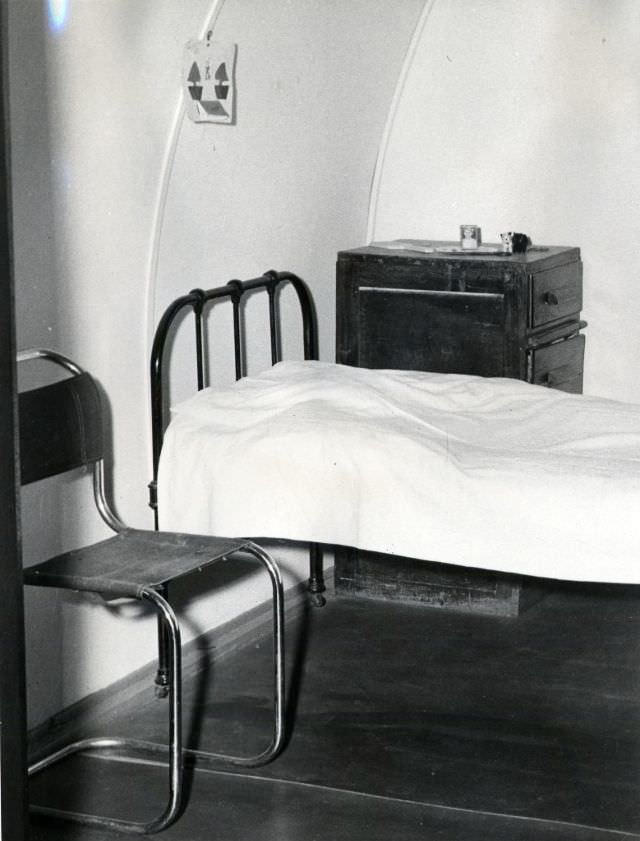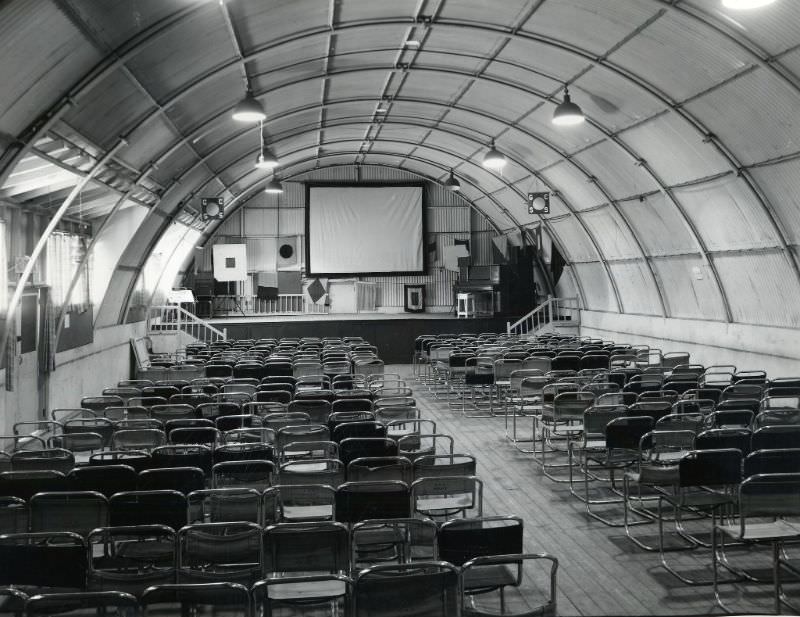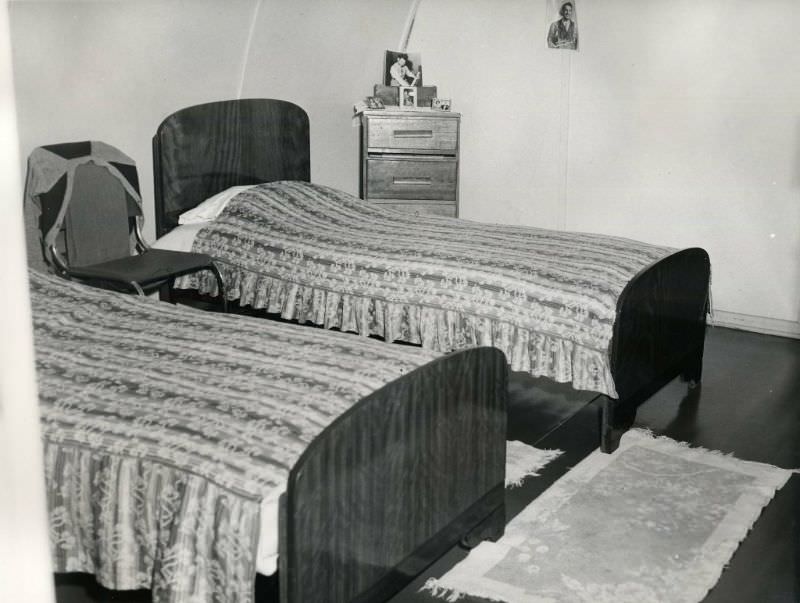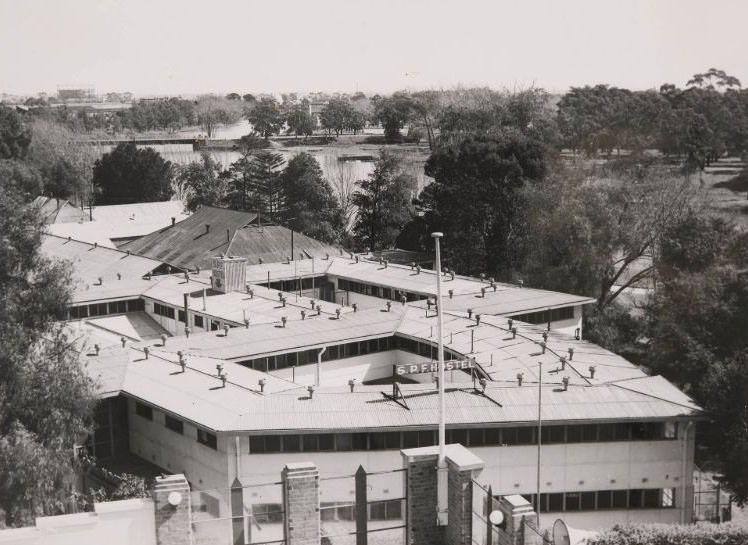The migrant hostels in South Australia were established in the late 1940s to accommodate the growing number of migrants who were coming to the country. The hostels were created to provide temporary shelter for the new arrivals, who were mainly from Europe, as they adapted to their new environment and searched for permanent housing.
These hostels were often located in remote areas and consisted of basic amenities such as dormitory-style accommodation, shared kitchens, and bathrooms. Life in the hostels was often tricky and cramped, with families often sharing a single room. Despite the challenges, many migrants recall the hostels as a place where they formed strong bonds with others in similar circumstances and found support and friendship as they navigated their new lives in Australia.
The hostels played an essential role in Australia’s immigration history, serving as a stepping stone for many new arrivals on their journey to establishing a new life in the country. For many, the hostels provided a place to call home during a time of significant change and uncertainty and helped to shape the cultural diversity that is now an integral part of modern Australia.


